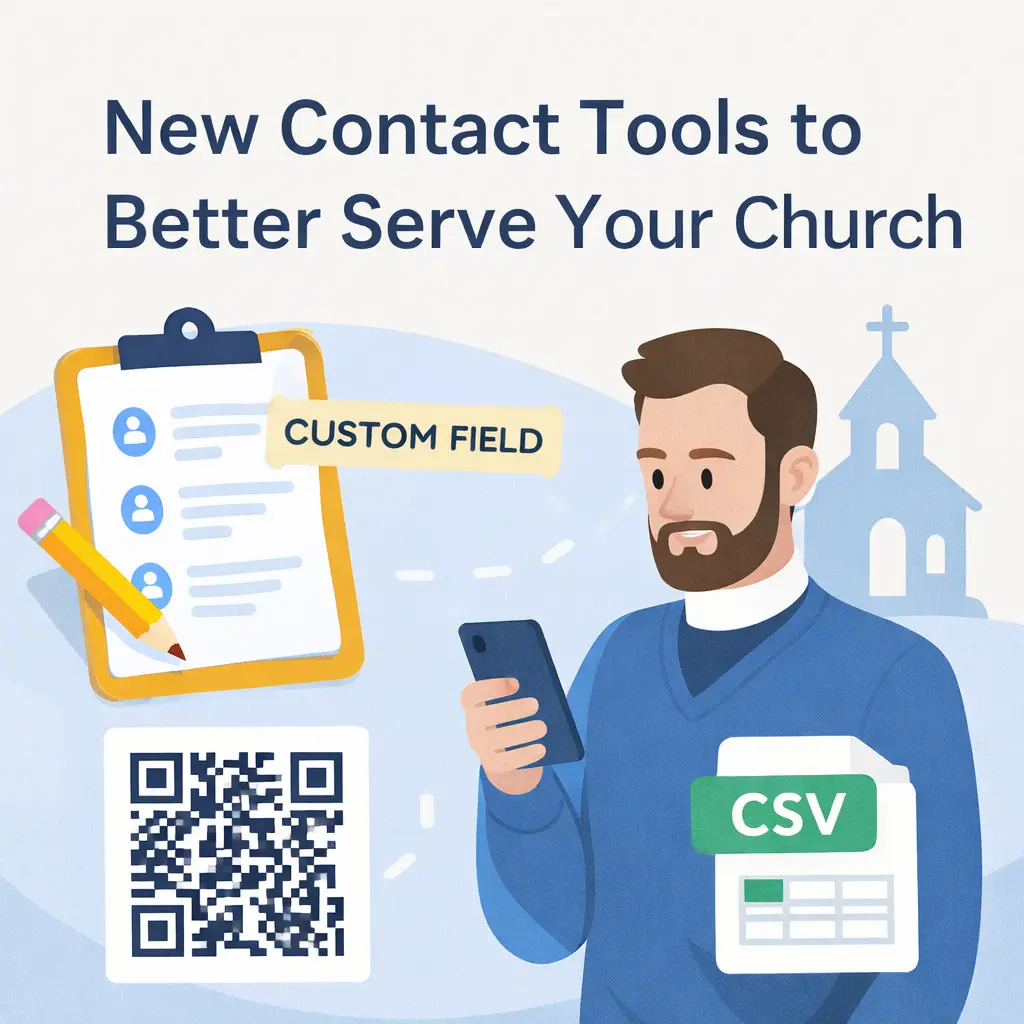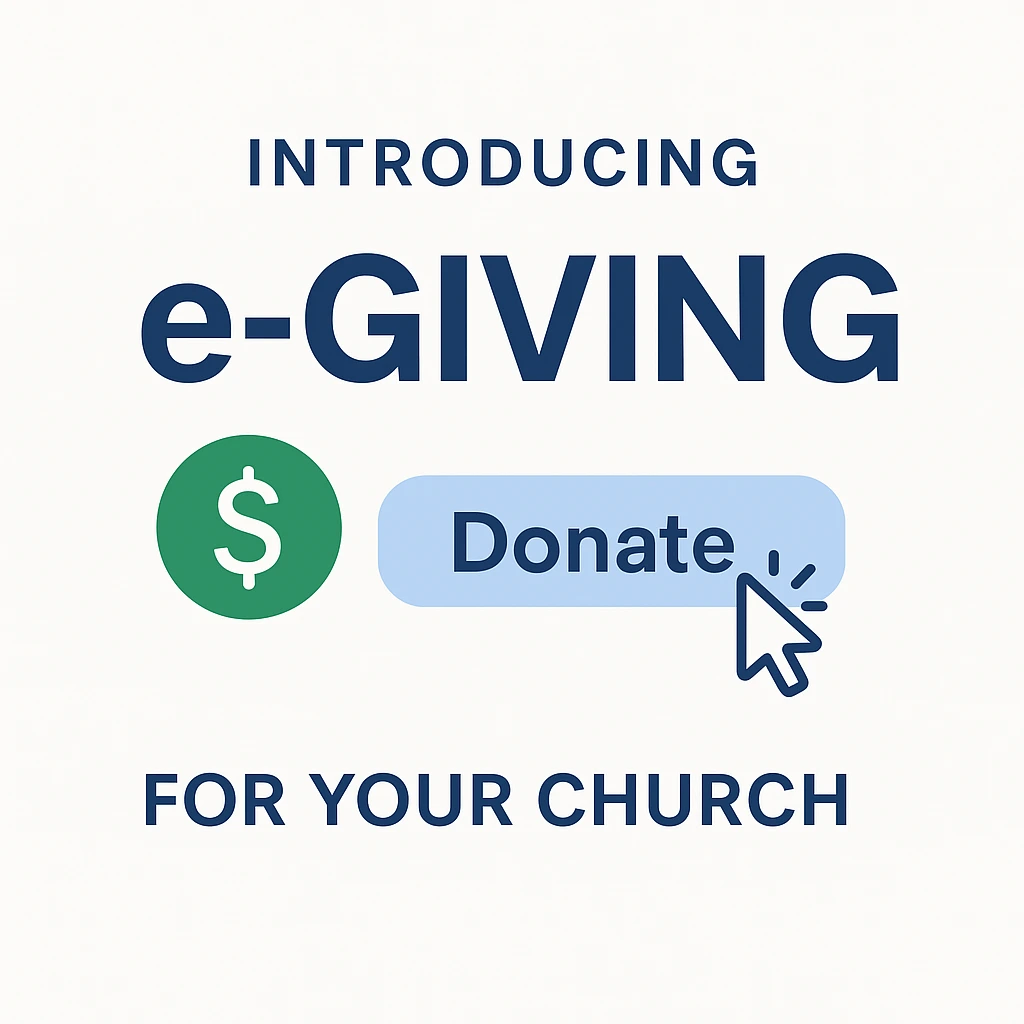How to Increase Community Engagement (Don't Make These 3 Mistakes)
Are you struggling to create engagement inside your community?
If you are, there are three common mistakes that may be sabotaging your efforts to create a highly engaged community.
By avoiding these pitfalls, you can foster a vibrant and active community that thrives on meaningful connections. And make sure to read until the end because you'll learn the five key numbers you should track to ensure you steer clear of these mistakes.
Let's dive in!
Mistake 1: Lack of Consistency
As Bruce Lee famously said, "Long-term consistency trumps short-term intensity."
Many coaches, course creators, and membership owners struggle with maintaining a consistent posting schedule and engaging with their community regularly because they think they 'have' to be posting daily.
In theory, it's not a bad practice, but there's a big difference between what you 'are' doing and what you 'should' be doing.
I call this the Should Gap. And if you're in it, it will derail your momentum quickly.
To overcome this challenge, it's important to slow down and focus on long-term consistency. Start small by committing to one piece of content per week. Then after 30 days, evaluate your progress and consider increasing the frequency to two or three pieces per week. If you're already publishing content three times a week, challenge yourself to go even further and aim for daily content.
The key is to choose a level of consistency that you are willing to commit to wholeheartedly. And notice we're talking about commitment and not convenience.
The reality is you will get what you are committed to.
Mistake 2: One-Way Communication
Engaging in meaningful discussions with your community members is crucial for building relationships and maintaining an active community. People are drawn to communities not only for the content but also for the sense of belonging and connection.
Although engaging with your community may seem like a low priority amidst other responsibilities, it's essential to over-deliver and establish real relationships with your members.
Allocate dedicated time in your schedule, such as an hour each week, to respond to comments, participate in conversations, and address questions within your community.
By actively engaging with your audience, you add fuel to the relationships and foster a thriving community.
Mistake 3: Focusing Solely on Numbers
While it's tempting to prioritize the size of your community, having a large following doesn't guarantee meaningful engagement or business success.
Instead, it's important to focus on specific numbers that provide valuable insights into the health and engagement of your community.
Here are the five numbers to track that will help you grow your community:
- Member Growth: Monitor the number of new members joining your community weekly and monthly to assess the effectiveness of your promotional efforts.
- Engagement Rate: Track the levels of engagement within your community, including likes, comments, shares, and replies to posts. This metric helps you gauge how well your content resonates with your audience and encourages meaningful interactions.
- Active Members: Keep an eye on the percentage of active members who frequently participate in discussions, comment on posts, and engage with your content. Active members contribute to the vibrancy and sense of community within your platform.
- Retention Rate: Measure the percentage of members who remain in your community over a specific period. A high retention rate indicates that you're fostering a loyal and engaged audience.
- Content Performance: Analyze the performance of your content, such as blog posts, videos, webinars, and other resources. Track metrics such as views, shares, and engagement to identify the topics and formats that resonate most with your audience.
By monitoring these numbers, you can gain valuable insights into the growth, engagement, and satisfaction of your community, enabling you to make informed decisions and nurture a loyal and engaged audience.
Conclusion
Creating a highly engaged community requires prioritizing consistency, active communication, and meaningful relationships.
By focusing on long-term consistency, engaging with your community, and tracking the right numbers, you can cultivate a vibrant and loyal community that is excited to learn and grow together.








